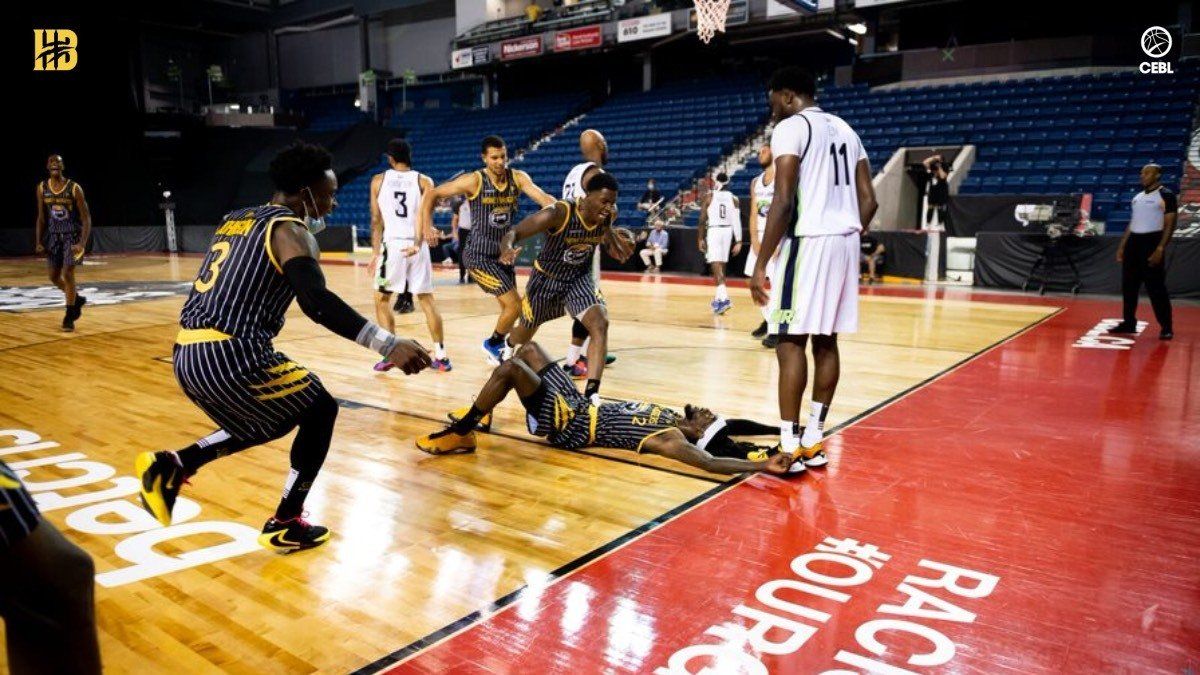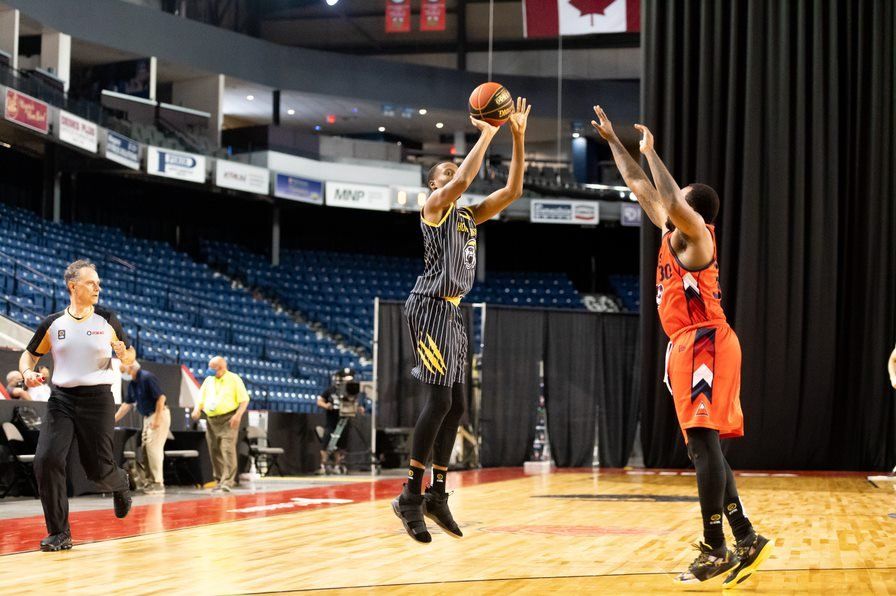One thing I noticed when I went over to the Netherlands, and when the fourth quarter came, I would see that four-minute mark, and it’s almost like I would lock-in,” said the Hamilton, Ont. native.
“I would hit that switch of ‘I can’t afford to make a mistake,’ as if they would make a comeback, but before I knew it, the game was done.” The Elam Ending originates from Nick Elam, a professor of Educational Leadership at Ball State University.
The idea popped into his head back in 2004 while he was a senior at Dayton University. He was watching a college basketball game take forever to complete the final few minutes.
The rules are quite simple – once the game stops with four minutes or less left in the fourth quarter, a target score is set. The target score is determined by adding nine points to the leading team’s score.
For example, if the Honey Badgers are leading 88-81 against the Guelph Nighthawks at the four-minute or less stoppage, the target score becomes 97. Whichever team reaches that target score first wins the game.
When the Elam Ending begins, the time clock is eliminated, but the shot clock remains for the game's duration. This adds excitement to the game because the losing team doesn’t have to worry about the clock – all you need are stops and baskets. The Elam Ending gives the losing team a legitimate chance of getting back into the game and winning.
“Let’s say your team was behind, and in any other regular basketball game, your team probably would have lost because there wasn’t enough time,” said Mukama. “The Elam Ending gives you a chance to get back in it.”
Honey Badgers Head Coach Ryan Schmidt says he became a fan of the Elam Ending and believes it creates a unique situation when the four-minute stoppage hits.
“Sometimes if you’re trailing it’s an advantage, the clock isn’t going to run out on you,” said the former Western Oregon University product, who serves as assistant coach with the Toronto Raptors NBA G League affiliate when he’s not leading the Honey Badgers. “If you’re up you just need to score because the clock isn’t going to save you.”
Mukama agrees.
“Honestly I think when you’re winning, you’re more nervous than when you’re losing,” he said.
Teams often relax when they have the lead, but Mukama feels it almost becomes harder to score when they see that four-minute mark.




